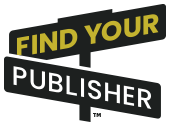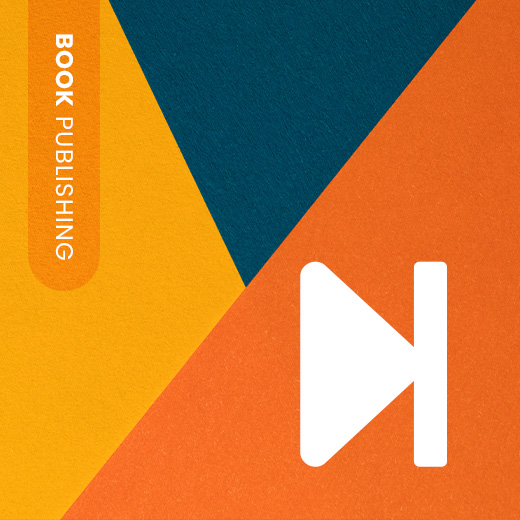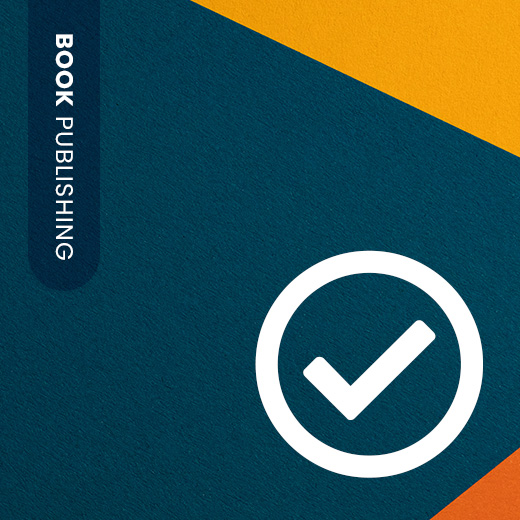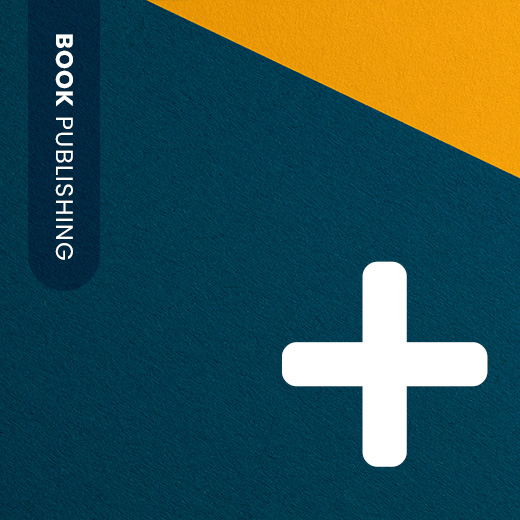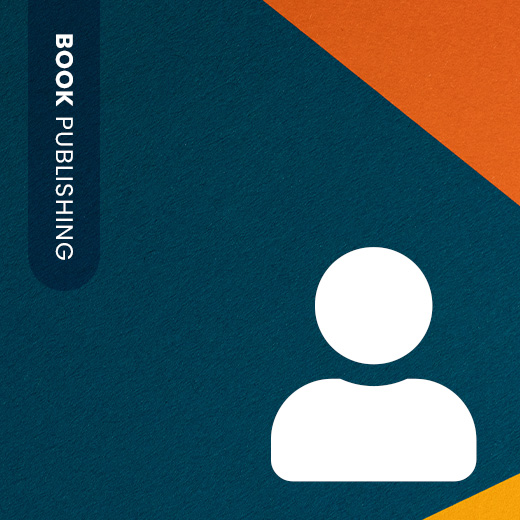Home » Book Publishing » 7 Steps to Building Your Book Publishing Strategy
7 Steps to Your Book Publishing Plan
Publishing a book is a big deal for many of us, but the journey from manuscript to published book can be overwhelming. With so many choices and decisions to make, it’s easy to get lost, overspend or delay. But by planning ahead and doing your research you can simplify the process and increase your chances of success.
Here are 7 steps to help you create your book publishing plan:
- Choose Your Path
The first decision on your publishing journey is to choose your publishing path. There are four main options, each with different levels of control, time, and financial investment:
- Traditional Publishing: The publisher manages production, distribution and marketing, but you give up some control.
- Supported Self-Publishing: You have control while getting professional help for editing, design, and marketing.
- General Contractor Publishing: You are the project manager and hire individual professionals for each stage and task.
- Independent (DIY) Publishing: You do everything from editing to marketing.
Each path has pros and cons, so it’s important to consider your goals, budget, skills, and desired level of involvement to decide which one is best for you.
- Research Publishers and Publishing Service Providers
Once you’ve chosen your publishing path, the next step is to find the right agents, publishers, or service providers to help bring your book to life.
- For Traditional Publishing: Research literary agents who specialize in your genre and have a good track record.
- For Supported Self-Publishing: Look for companies that offer customizable packages and services.
- For General Contractor Publishing: You may want to hire a publishing consultant to manage the various professionals.
- For Independent (DIY) Publishing: Research online publishing platforms.
If you’re self-publishing, identify the services you’ll need:
- Editing to polish your manuscript
- Cover and interior design to make your book look great
- Copyright registration to protect your intellectual property
- EBook formatting for digital distribution
- Distribution planning to get your book in front of readers
- ISBN to give your book a unique number
- Marketing strategies to make your book succeed in a crowded market
Knowing the services you’ll need in advance will help you budget and avoid unnecessary expenses.
- Choose Your Book’s Format
Choosing the format of your book is a big decision. Many authors dream of holding a physical book but eBooks are more affordable and accessible, especially for first-time authors.
- EBooks: Digital formats are cost-effective, easy to distribute, and allow you to build an audience before investing in print copies.
- Print Books: If you want physical copies of your book, paperback or hardcover, consider using Print on Demand (POD) services. These services allow you to print copies as ordered with minimal upfront costs.
- Get Your Materials Ready
Depending on your chosen publishing path, your service provider will have instructions on how to prepare and deliver your manuscript for next steps. For those pursuing a traditional publishing path, this step involves submitting your manuscript to literary agents or publishers for consideration. When seeking agent representation, you may be asked for the following:
- Query Letter: This is a one-page, formal letter that introduces you and your book in a succinct and compelling way. A good query letter is key to getting an agent’s attention.
- Book Proposal: Typically 10 to 25 pages in length, a book proposal is a formal business document that is used to organize ideas and plans for a book’s concept. It includes a summary of the proposed content, author qualifications, marketing strategies, and more. Often requested for nonfiction, a full book proposal will increase your chances of getting an agent and a book deal.
It’s crucial you follow the submission guidelines of each agent or publisher, and take the time to get your materials right to maximize your chances of success.
- Design Your Book to Sell
The design of your book is key to its marketability. From the cover to the interior layout, every detail counts. Researching bestselling books in your genre is the best way to see genre expectations and what appeals most to readers. The elements you will need to address include:
- Cover Design: A professional cover that stops people in their tracks is key to getting potential readers. It should be attractive, legible, and representative of the book’s genre.
- Interior Layout: A well-organized and attractive layout with all of the necessary front and back matter creates a great reading experience.
- Title, Back Cover Copy, and Author Bio: These need to be written with care to hook readers and build your credibility.
Good design makes your book stand out in a crowded market.
- Register Copyright and Obtain ISBN
- Copyright: Per the United States Copyright office, “Your work is under copyright protection the moment it is created and fixed in a tangible form that it is perceptible either directly or with the aid of a machine or device.” Registering your copyright is voluntary; however, in the case your work is stolen or plagiarized, there are added benefits to officially registering.
- ISBN: An ISBN (International Standard Book Number) is what the industry uses to track books and is required in order to sell your book online or in stores. It provides a unique, numerical identifier for each edition or format of a book, and can be obtained by the author or publisher.
- Get Your Book to Market
Now it’s time to get your book in front of readers.
- Sales Channels: Where will your book be sold or distributed—bookstores, libraries, online retailers, or local events?
- Pricing: What will you charge to cover your costs and be competitive?
- Marketing: What promotional activities will you do—social media campaigns, book launch and signing events, outreach to reviewers? An integrated marketing plan that includes both online and offline initiatives works best.
A good distribution, sales, and marketing plan will help you reach your audience and publishing goals.
By following these 7 steps, and you’ll have a solid publishing strategy in place to get your book out there and in the hands of readers. You’ll go from unpublished writer to published author in no time.

Don't let your manuscript sit idle
start your publishing journey now!
Get matched with a self-publishing company specifically chosen for you and the book you are publishing.
Don’t let your manuscript sit idle – start your publishing journey now!
